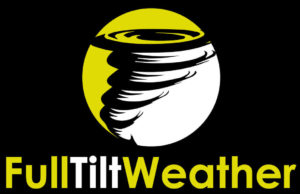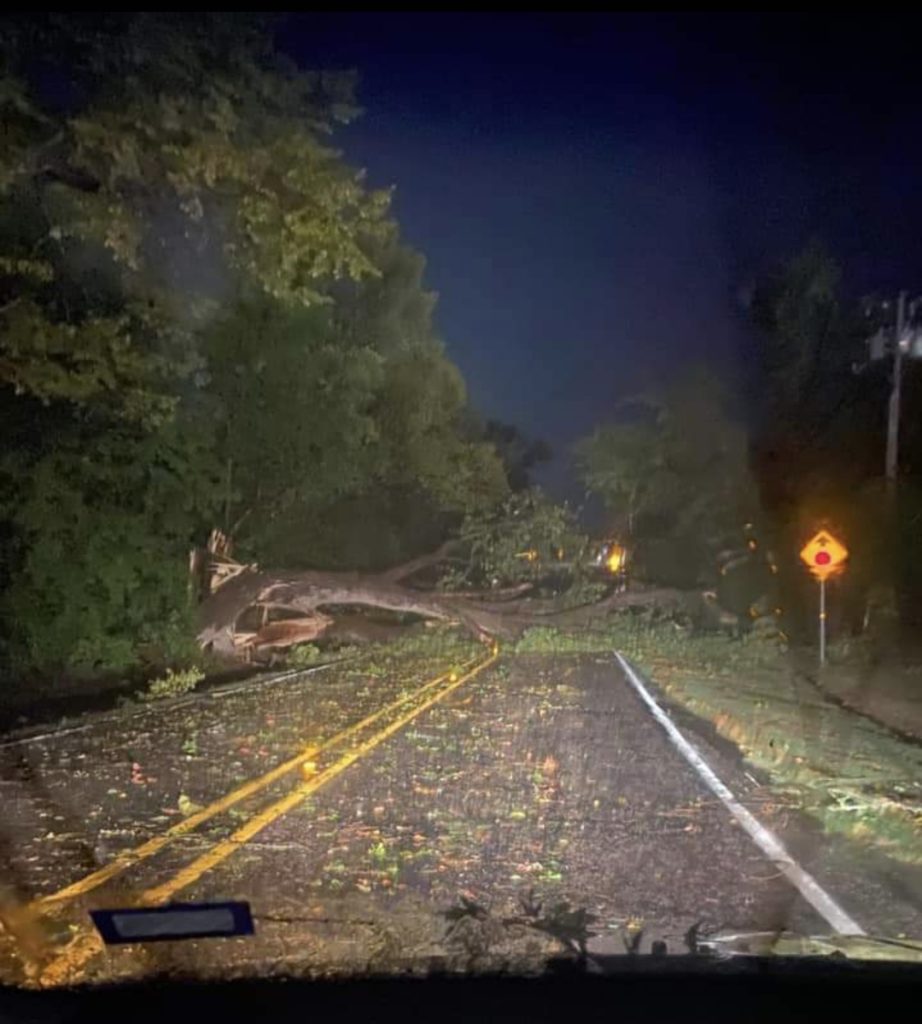On Sunday, September 28th, the National Weather Service failed to issue the correct warning, leading to unexpected consequences. A smaller tornado formed near Point and touched down in Emory, without proper prior notification from the National Weather Service.
While this tornado was not as destructive as larger ones, it still posed a significant risk to our community. Despite its smaller scale, it had the potential to twist and uproot trees, damage roofs, damage light polls, power outages, and create hazardous road conditions. The arrival of this unwarned and unanticipated tornado serves as a stark reminder of the unpredictability of weather systems and the need for constant vigilance.
The absence of an early alert left residents unprepared, potentially resulting in property damage, disrupted routines, and heightened anxiety among those affected. In situations like this, where even minor tornadoes can catch us off guard, a robust and timely warning system is paramount for minimizing the risks associated with these sudden and volatile weather phenomena.
Typically, the National Weather Service issues a tornado warning when wind indicated by sharegating radar reaches 40mph inflow and 40mph outflow or more, leading to a conclusion of a mesocyclone, and the abrupt need for a tornado warning afterwards. However, on Sunday, September 25, 2023, a tornado warning was initially issued for Hunt county including Commerce, Texas. Unfortunately, the tornado warning was not extended into Rains County as the storm cell moved through.
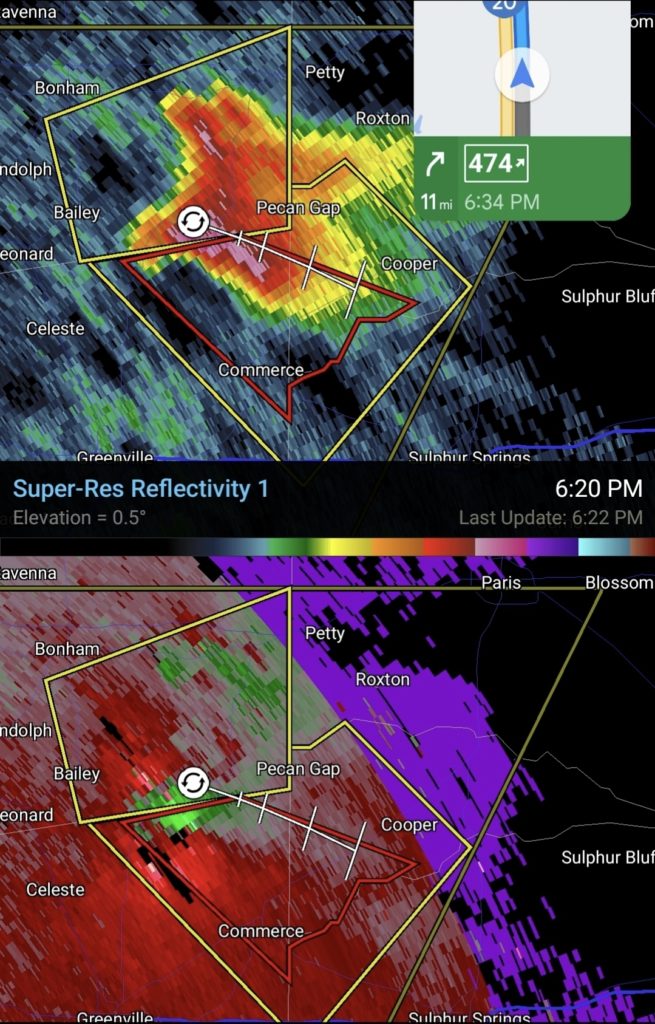
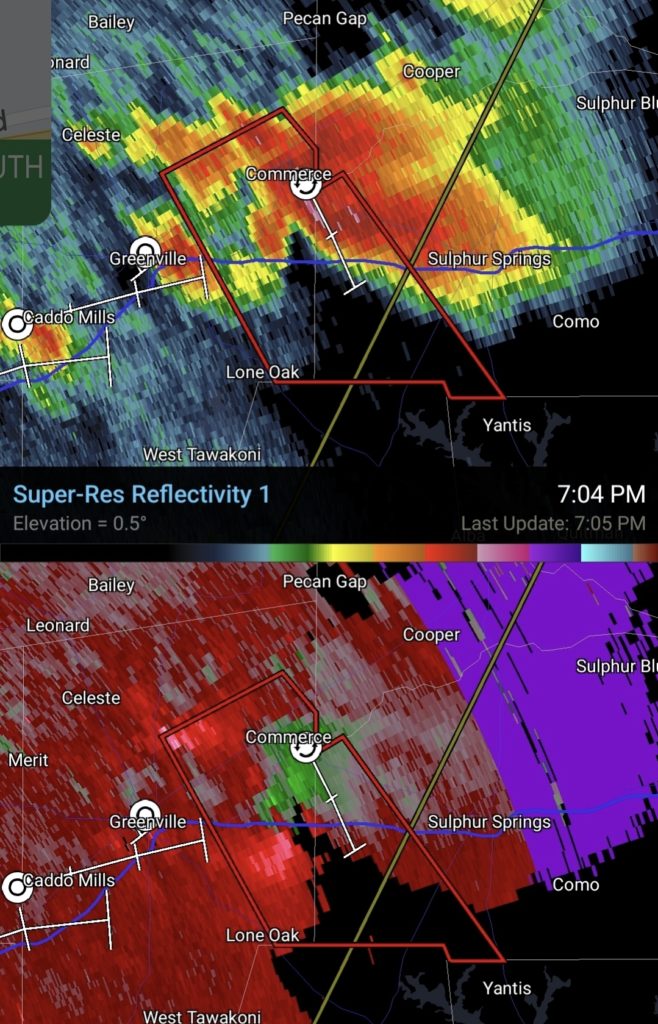
During this time, a strengthening mesocyclone was formed over Point and Emory, with SVR Radar recording winds of 100 mph inward and 72 mph outward. The National Weather Service should have initiated a tornado warning and alerted residents to the possibility of tornadoes. Instead, the severity of the mesocyclone was downgraded, and a warning of 60 mph winds and 1-inch hail was issued for Rains County, leaving numerous people without power and many trees blocking roadways.
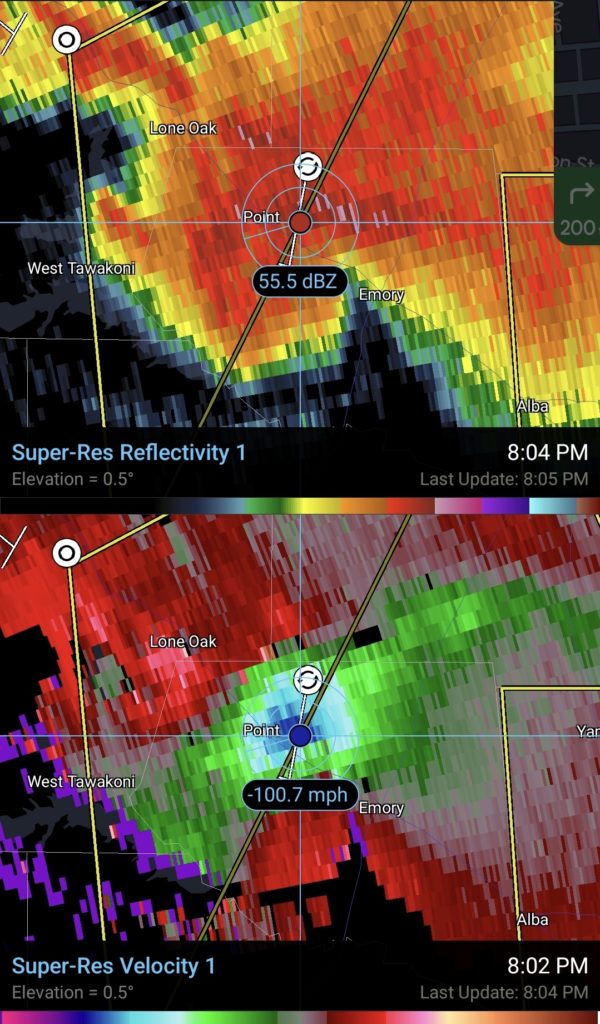


As a meteorologist, my concern about the inefficiency of proper weather warnings cannot be overstated. Lives are put at risk, property can be damaged, and entire communities can be left in disarray when these lapses in communication occur. The frustration and anxiety resulting from these situations should not be underestimated.
Furthermore, the erosion of trust in weather forecasting systems can lead people to disregard crucial warnings even when they are issued correctly, potentially worsening the impact of future disasters. It is incumbent upon us, as a society, to demand and support improvements in weather forecasting and alert systems.
We must invest in advanced technology, training, and procedures to ensure our communities are always well-prepared for the vagaries of weather. The above is collectively my mission in my storm chasing and meteorology career. By addressing these concerns and working collectively to enhance our weather alert infrastructure, I can help safeguard lives and property, providing a more secure future for all.
